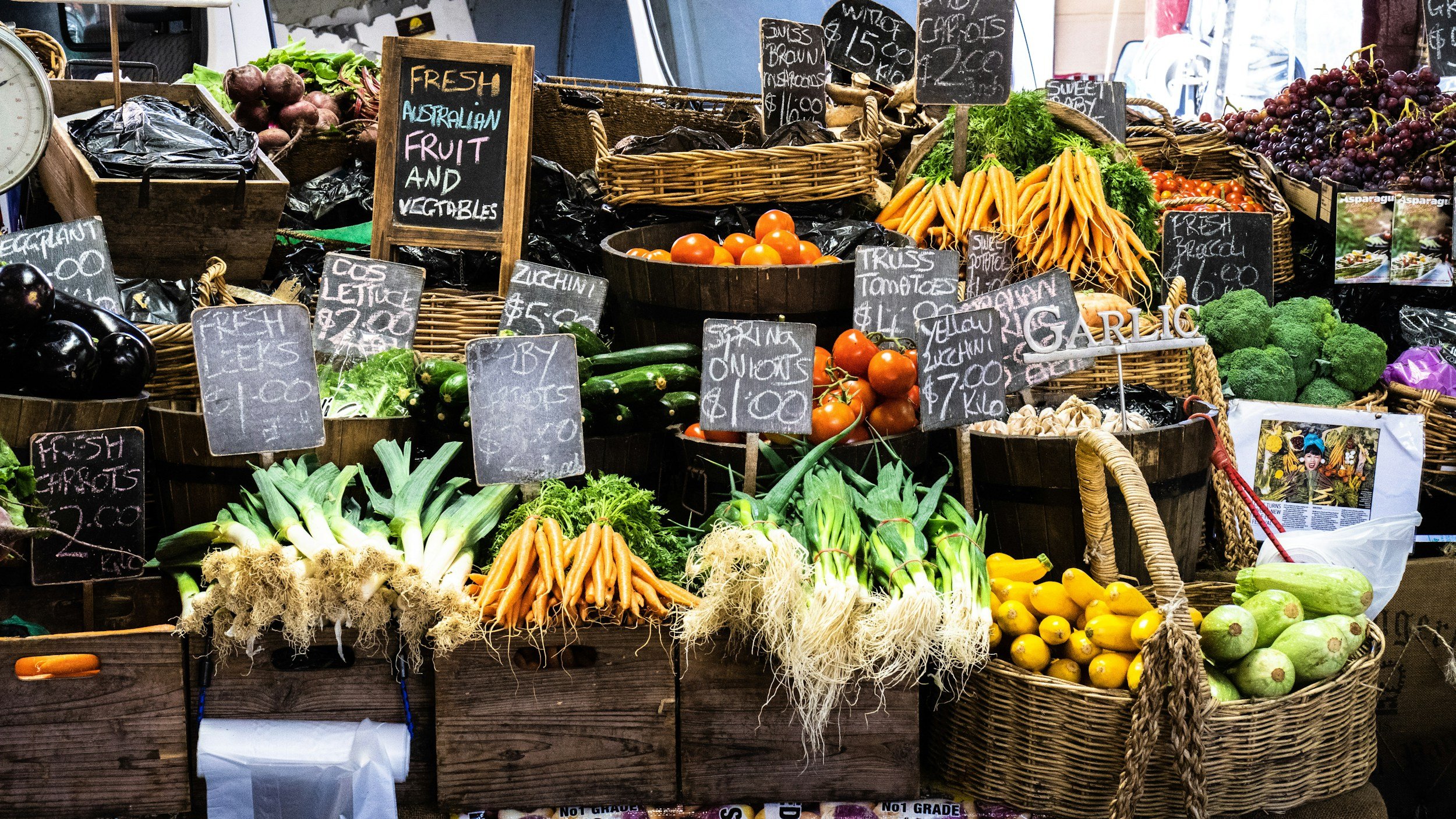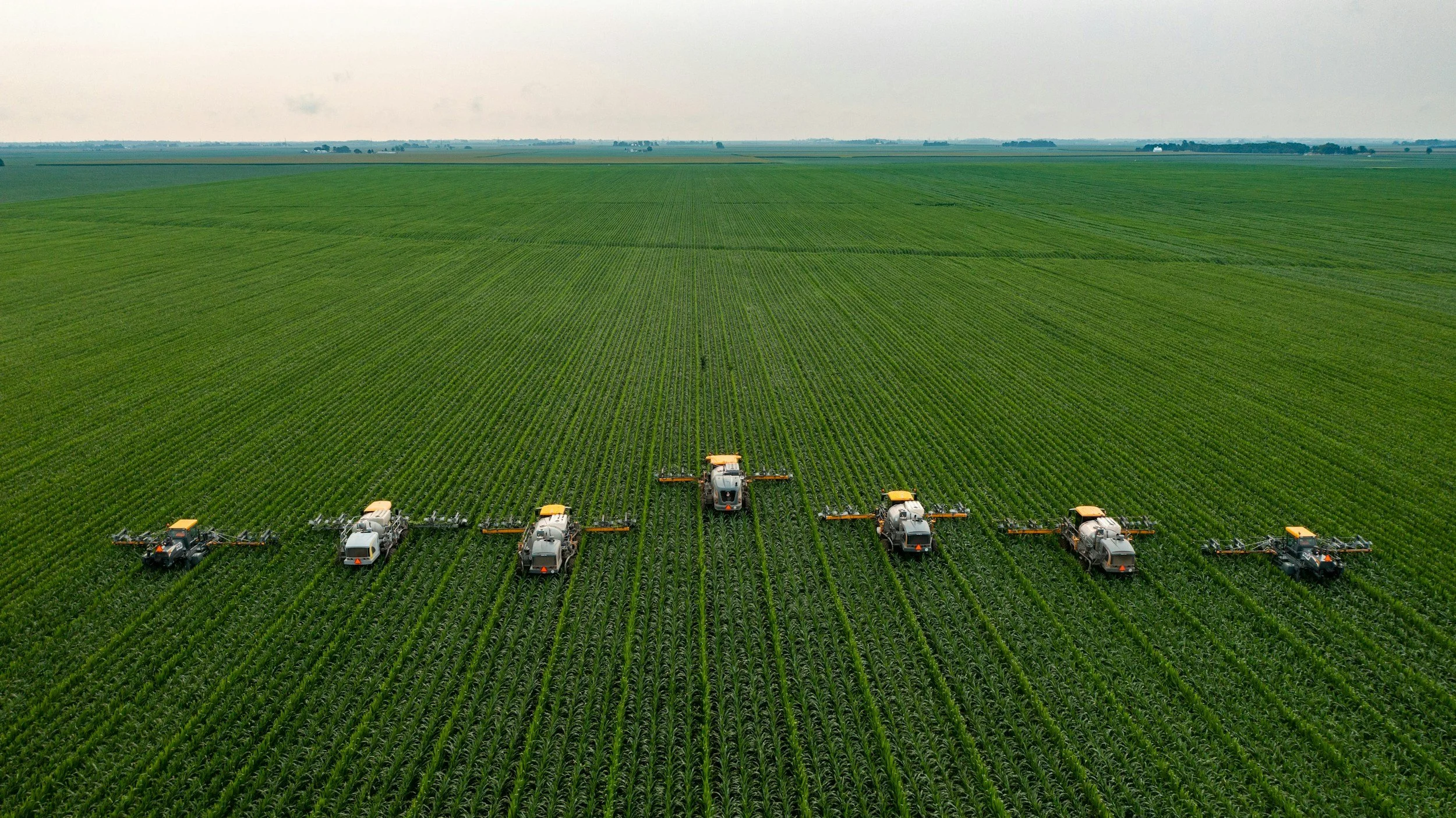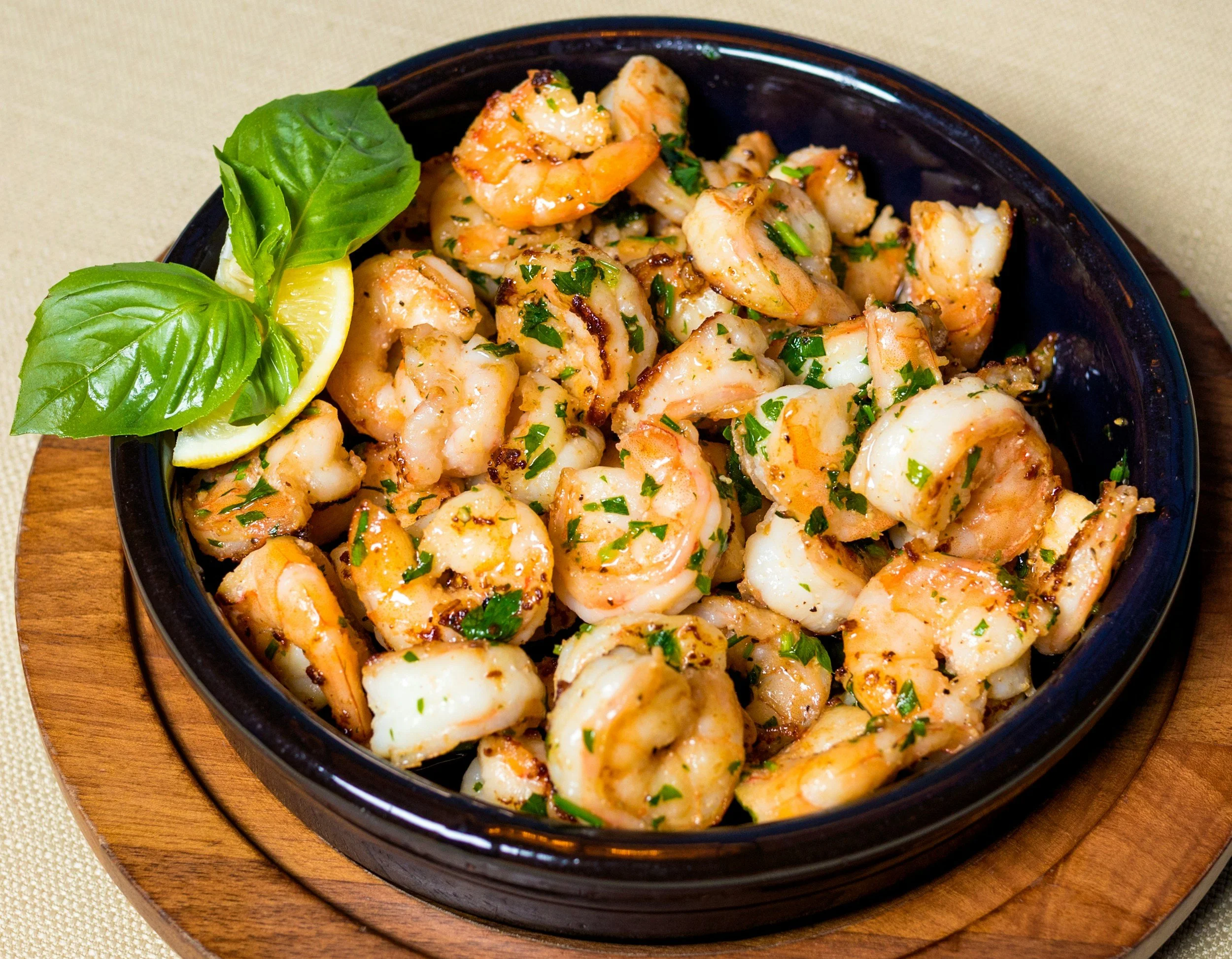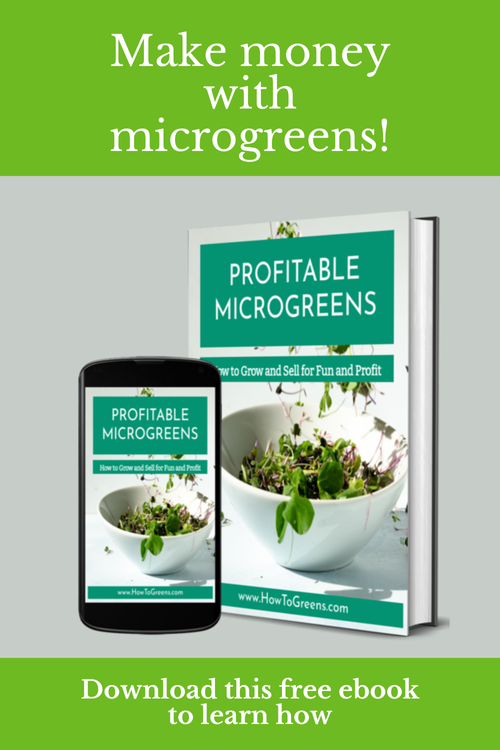Eco-Conscious Winter Recipes for a Sustainable Start to the Year
/As winter settles in, there is no better time to embrace the season’s flavor and adopt sustainable practices. Whether you are preparing hearty meals or cozy desserts, making eco-conscious choices in the kitchen can help you start the year with intention.
Incorporating eco-friendly practices into your winter cooking can enhance both your meals and your environmental impact. Here are some delicious winter recipes that you can cook while promoting sustainability:
Vegetable Stir Fry with Rice
Ingredients:
1 tablespoon sesame oil
2 cloves garlic, minced
1 tablespoon fresh ginger, minced
1/2 small head of cabbage, shredded
1 cup Brussels sprouts, halved
1 small butternut squash, peeled and diced
2 cups cooked brown rice (preferably cold)
2 tablespoons soy sauce (or tamari for gluten-free)
1 tablespoon sesame seeds for garnish
For a quick and eco-friendly stir fry, heat sesame oil in a pan or wok and sauté minced garlic and ginger until fragrant. Add shredded cabbage, halved Brussels sprouts, and diced butternut squash, stir-frying for 7 to 10 minutes until the vegetables are tender yet crisp. Stir in cooked brown rice and soy sauce, mixing everything well. Garnish with sesame seeds for an extra touch and crisp. This simple stir-fry makes use of winter vegetables, offering a flavorful and sustainable meal.
Lobster and Corn Chowder
Ingredients:
2 lobster tails (or 1 lb cooked lobster meat, chopped)
1 tablespoon butter
1 medium onion, chopped
2 cloves garlic, minced
2 cups fresh or frozen corn kernels
2 medium potatoes, peeled and diced
3 cups chicken or vegetable broth
1 cup heavy cream
1 cup milk
Salt and pepper to taste
1 teaspoon smoked paprika (optional)
To make Lobster and Corn Chowder, start by cooking lobster tails in salted water for 5 to 7 minutes until the shell turns red. Remove the meat and chop it into small bite-sized pieces. In a large pot, melt butter over medium heat and sauté diced onion for 3 to 4 minutes. Add minced garlic and cook for another minute. Stir in diced potatoes and cook for 5 minutes, then add corn and stock.
Bring to a boil, reduce heat, and simmer for 15 to 20 minutes until potatoes are tender. Add milk and cream, season with salt, pepper, smoked paprika, and fold in the lobster. Serve hot with the heartiness of potatoes and corn.
Mushroom and Barley Stew
Ingredients:
1 tablespoon olive oil
1 medium onion, chopped
2 cloves garlic, minced
1 cup sliced mushrooms (such as cremini or button mushrooms)
1 cup pearl barley
4 cups vegetable broth
2-3 sprigs fresh thyme
1 bay leaf
Salt and pepper to taste
Fresh parsley, chopped for garnish
This hearty stew uses mushrooms, which are in season in winter, along with barley, a sustainable and filling grain. Begin by sauteing one chopped onion, two cloves of garlic, and one cup of sliced mushrooms in olive oil until softened. Add 1 cup of pearl barley, 4 cups of vegetable broth, a few sprigs of fresh thyme, and a bay leaf. Let everything simmer for about 30 minutes until the barley is cooked and flavors meld together. Season with salt and pepper and garnish with fresh parsley. You can enjoy this with freshly baked homemade sourdough bread for a rustic, warming meal.
Spiced Apple and Pear Crisp
Ingredients:
For the filling:
2 apples, peeled, cored, and sliced
2 pears, peeled, cored, and sliced
1 tablespoon maple syrup
1 teaspoon cinnamon
Pinch of nutmeg
1 tablespoon lemon juice
For the topping:
1 cup rolled oats
1/2 cup whole wheat flour
2-3 tablespoons coconut oil (or vegan butter)
2 tablespoons brown sugar
Pinch of salt
1/2 teaspoon cinnamon
For a sustainable and eco-conscious winter dessert, a spiced Apple and Pear crisp is a perfect choice. Begin by preheating your oven to 350°F (175°C). In a large bowl, combine sliced apples and pears (from farmer’s market if possible) with a tablespoon of maple syrup, a teaspoon of cinnamon, a pinch of nutmeg, and a tablespoon of lemon juice. Toss the fruits until well coated then transfer them to a baking dish.
For the topping, mix rolled oats, whole wheat flour, a few tablespoons of coconut oil or vegan butter, and a sprinkle of brown sugar. Add a pinch of cinnamon and salt for extra flavor. Crumble the toppings evenly over the fruit mixture, ensuring that it covers the surface.
Bake the crisp for about 30 to 40 minutes or until golden the fruit is bubbling and the topping is golden brown. Serve warm with a scoop of vanilla ice cream or coconut whipped cream.
Some Additional Tips:
The Benefits of Root Vegetables and Winter Greens
Root vegetables including carrots, parsnips, and beets as well as winter greens, such as kale and spinach, do well in colder areas. They are very nutritional, being packed with vitamins and minerals that are important to keep our bodies fuelled and healthy through the winter months. When grown and transported locally, they require less energy to produce. Root vegetables can also be incorporated into heartier offerings like stews, soups, and roasted dishes. These dishes contribute to warming and satisfying meals that can be a part of a healthy diet in the cold winter months.
Reducing Food Waste through Smart Cooking
Reducing food waste is an important aspect of eco-friendly cooking. Sweeping through your entire vegetable, root to leaf, ideally leads to some creative meal-planning ingenuity. For example, the greens of beets can be sautéed with garlic and olive oil for a satisfying side dish, and the green leafy tops of carrots can be blended into a bright pesto. By reframing your diet, you can help create a more circular food system and keep more food out of our landfills.
Supporting Local Farmers and Markets
Buying ingredients at your local markets not only means your food will be fresh, but it also supports the local economy while creating a sense of community. Farmers’ markets feature all kinds of seasonal produce that may not be found in traditional grocery stores. These relationships not only help keep our communities connected but they also allow us to make better food choices.
Additionally, you can also plant your own vegetables and fruits in your backyard this winter. This will give you more control over your food source while enjoying the satisfaction of growing and consuming your fresh produce.
Energy-Efficient Cooking Methods
Choosing to cook in energy-efficient ways can substantially cut the amount of energy consumed in the home. That’s why tools like slow cookers, pressure cookers, and induction stoves are great options for cooking winter meals. These devices provide a power-saving option as they use less energy compared to your usual over and stovetop, therefore they are also a cost-benefit to your electricity bill. Similarly, batch cooking and meal preparation will reduce the amount of energy used. You don’t have to use your stove frequently as consolidated cooking reduces energy costs.
Non-Toxic Cookware
Another important aspect of sustainable cooking is choosing non-toxic cookware. Many non-stick pans use harmful chemicals like PFOA and PFOS in their non-stick coating, which can leach into food and the environment. Instead use pots and pans made from stainless steel, cast iron, or ceramic. Not only these options are healthier but they are also more durable, meaning that you won’t need to keep buying replacements as frequently.
Health Advantages of Whole Foods
Whole foods like fruits and vegetables, whole grains, and lean protein have so many health benefits that processed foods can’t compare. Whole foods are packed with the nutrients, vitamins, and minerals that are necessary to keep the physical body and the mind healthy. Eating a diet rich in whole foods lowers the risk of chronic diseases like heart disease, diabetes, and obesity.
For instance, the fiber we have from fruits and vegetables is important for digestion and helps us to maintain a healthy gut microbiome which is essential for general health. Whole foods also tend to be much lower in added sugars, unhealthy fats, and artificial additives that are commonly found in processed foods. These can contribute to a variety of health problems when eaten in excess.
Conclusion
Beginning your year sustainably with eco-conscious winter recipes is one way to start on a meaningful and healthy note. We can choose to eat in a way that emphasizes seasonal, local, and perishable ingredients with minimum food wastage. Food should be nutritious, wholesome, delicious, and should benefit the environment along with the local community. By taking this approach, we amplify our own well-being while maintaining our connection to the natural world and the communities in which we live.
About the Author:
Jim Boyle is a food & travel writer with experience in the catering industry. He is always on the lookout for sustainable, eco-friendly dining trends and seasonal ingredients, making sure his works reflect the latest in conscious cooking and responsible eating.
You may also be interested in…











































Last summer I hired my neighbor’s gardener to create a pea gravel walkway in my back yard. The morning of the job, he showed up with his wife Doris* and another friend and got to work. It was one of the few occasions when I was willing to sit back and let someone else handle all the labor for a change. While the guys were working, Doris took a break to show me a frog she found in the yard, and like two giddy schoolgirls, we fawned over the poor thing (who had almost ended up flattened under one of the guys’ boots) and shared our insights into the nature of these creatures in her broken English and my broken Spanish. As the men continued to work and I came out again to respond to their questions and look at the progress of the walkway, Doris pointed out a weed that was growing in my yard and told me it was mora. She said that you could eat it and that in her country (El Salvador), they cooked it in a soup. Intrigued, I resolved to find out more.